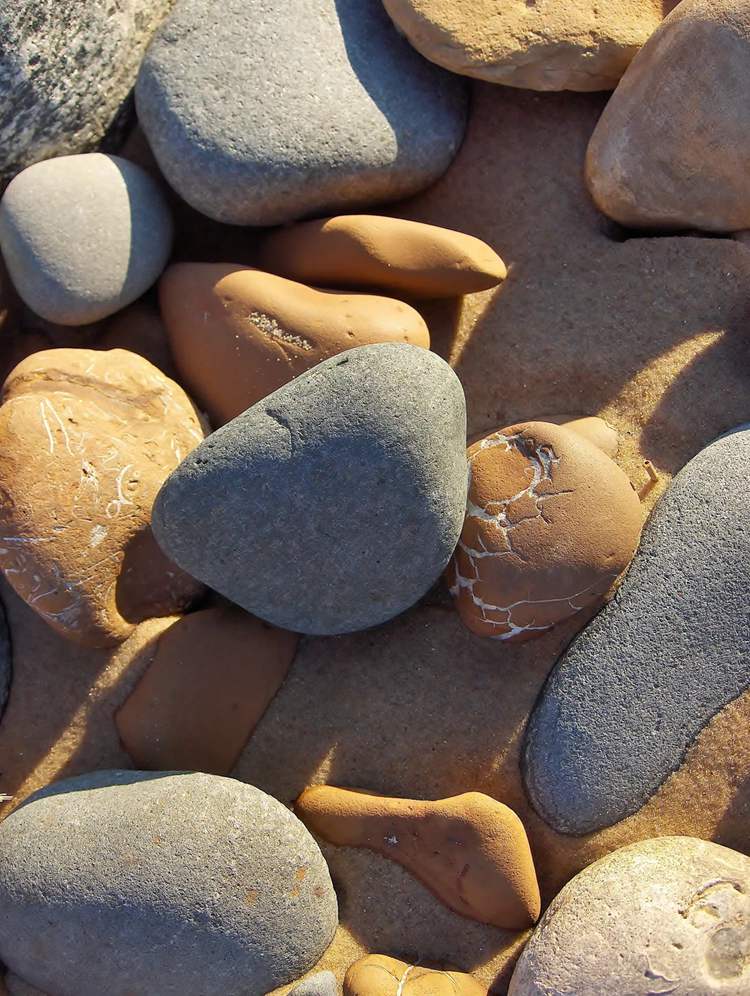
The beauty of the world is not only captured in the grand scheme of things but also in the smallest detail that makes it up. The beach stone is an example of this wonder which justifies how valuable it is in today’s world.
A beach stone may contain tiny ossified body parts of a sea creature or a plant. This is in the case that the beach stone itself is not part of an actual fossilized creature or plant.
Are these beach stones worth anything? How can you identify a beach stone? And how valuable are they? These questions and more are what we seek to answer in this article.
Table of Contents
19 Rare and Valuable Beach Stones
Before we proceed to show you how to identify and value beach stones, it is crucial we reveal to you some of the rarest and most valuable beach stones ever found.
S/N |
Beach Stone |
Price |
1. |
Geodes |
$9,500 |
2. |
Condor Agate |
$6,000 |
3. |
Calcite Stones |
$2,850 |
4. |
Amethyst Stalactite |
$1, 500 |
5 |
Natural Amber Raw Stone |
$1, 100 |
6. |
Copper Septarian Chlorastrolite |
$700 |
7. |
Chalcedony |
$600 |
8. |
Aragonite Cluster |
$445 |
9. |
Fossils |
$300 |
10. |
Petrified Wood |
$300 |
11. |
Natural Quartz Crystal |
$250 |
12. |
Dolomite |
$225 |
13. |
Peridot Crystal |
$200 |
14. |
Bruneau Jasper |
$198 |
15. |
Peridot in Basalt |
$150 |
16. |
Natural Rare Pudding Stone |
$145 |
17. |
Serpentine |
$112 |
18. |
Slate Fossil |
$50 |
19. |
Obsidian |
$40 |
19. Obsidian
Price: $40
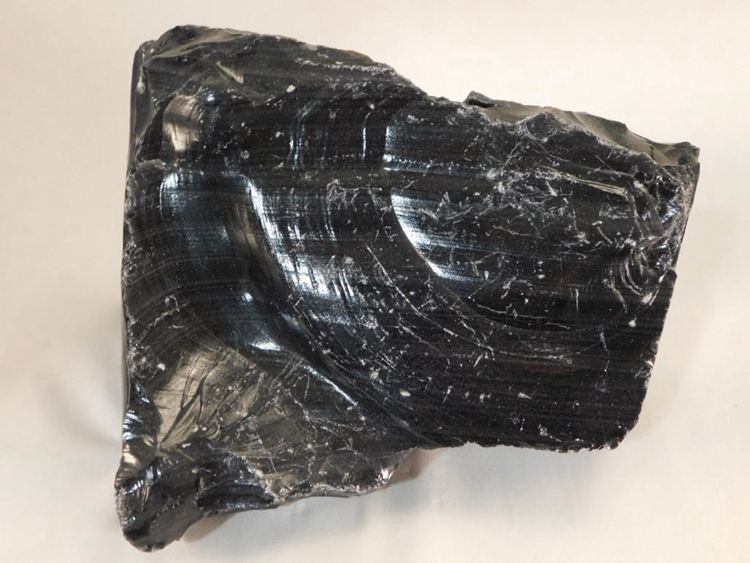
The obsidian stone is from the igneous group of rocks that forms when lava cools off very quickly with a little crystal. It has a black, smooth and shiny appearance, making it suitable for jewelry making.
You will find these at the base of volcanoes and where eruptions occur and are found close to the beaches in Armenia, Indonesia, Japan, Russia and Afghanistan. A faceted obsidian sells for $3 – $5 per carat.
18.Slate Fossil
Price: $50
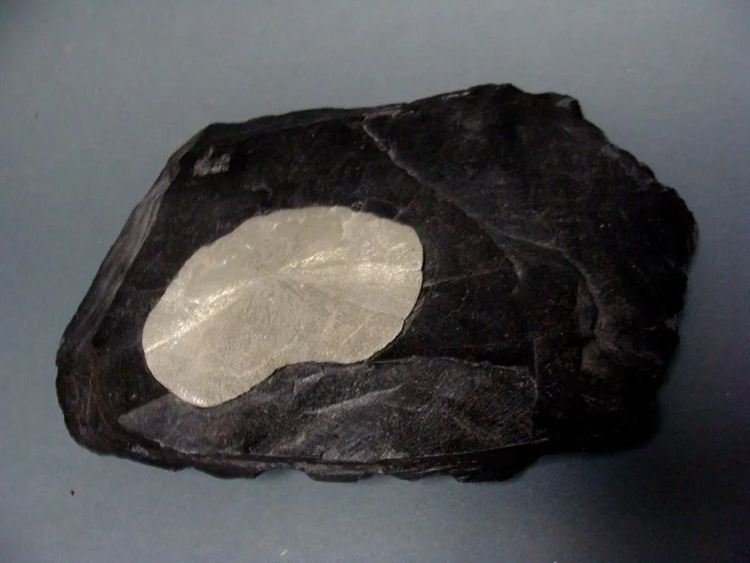
Slate is a homogenous metamorphic rock formed from a shale-type rock filled with clay minerals. It results from volcanic ash and low-level quartz morphing to form this stone.
Finding a simple slate on the beach is a lot easier than finding one with fossils or other microorganisms embedded in it.
17. Serpentinite
Price: $112
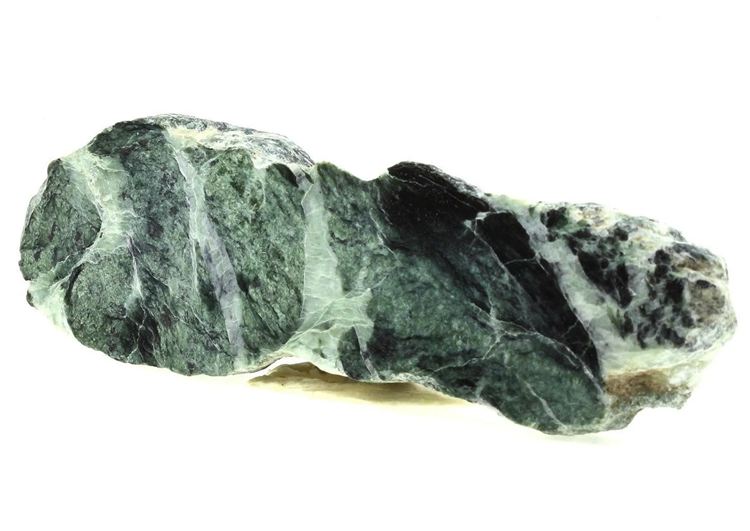
As expected, serpentinite gets its name from the similarities it has in its texture and design with that of a snake’s skin. It has a light and dark green color with traces of black in some parts of the designs.
Ideally, the serpentinite stone is green but in extremely rare cases, one may find a variety like yellow or brown. You can find visible serpentinite at the southern headland of Flynn’s beach at Port Macquarie. Uncut serpentinite costs around $0.41 to $0.89 per carat.
16. Natural Rare Pudding Stone
Price: $145
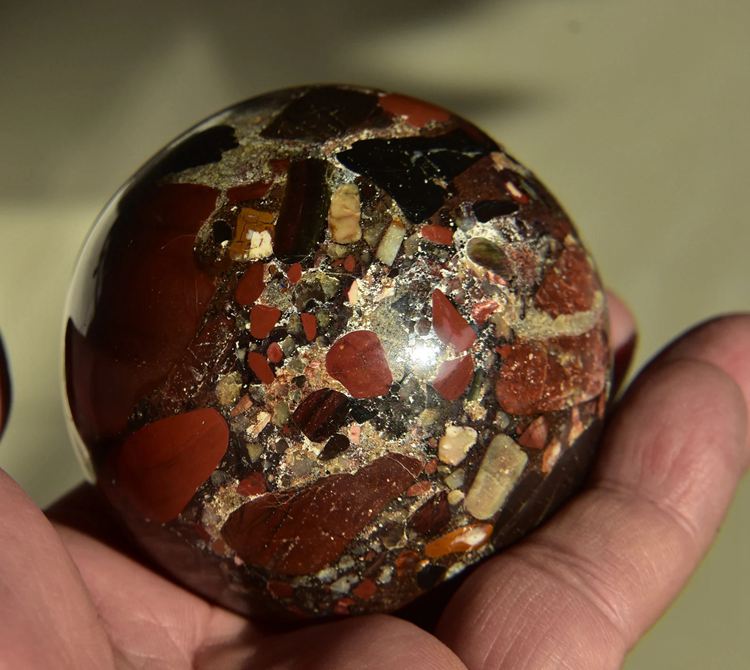
The pudding stone is from the sedimentary rock family. It is one of the oldest sea stones traced back to the last ice age. This stone forms when different tiny stones gather, mix up and bound with white quartz giving it a rounded shape.
Extreme heat and pressure from the sea waves add to how the stone forms and it takes a while before one stone fully forms, which makes it rare and valuable. A pound of pudding stone sells for about $6.99.
15. Peridot in Basalt
Price: $150
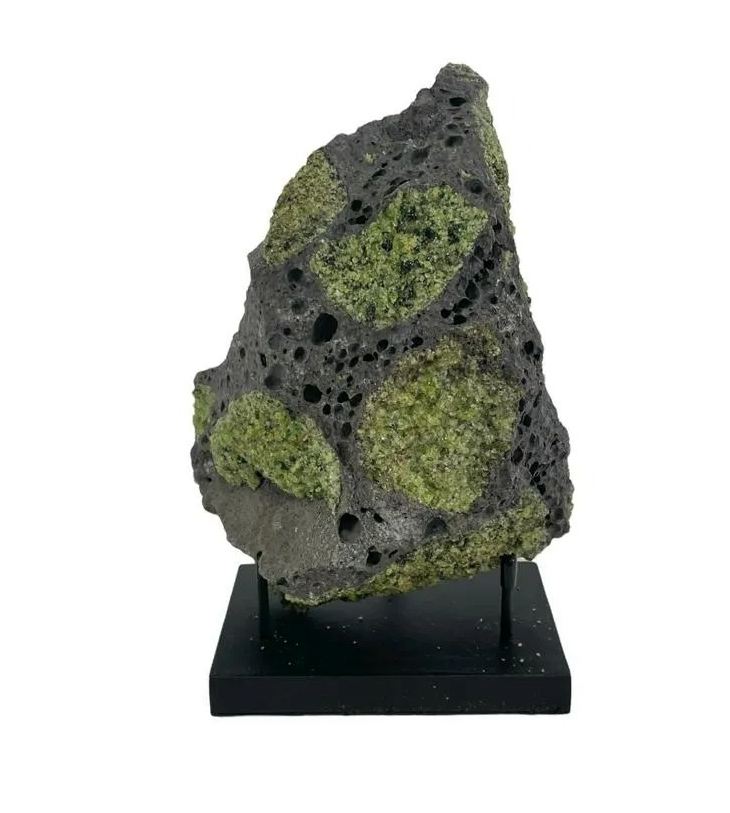
Basalts are the dark-colored stone that makes up the bed of the ocean, which is why it is a common pebble one can find at the beach. It is formed from cooling lava with bubbles and forms tiny holes as gas tries to escape through these bubbles.
One interesting fact to know about basalt is that it is not only common on earth alone. You will find variants of this stone in other solar systems usually in gray or black colors.
14. Bruneau Jasper
Price: $198
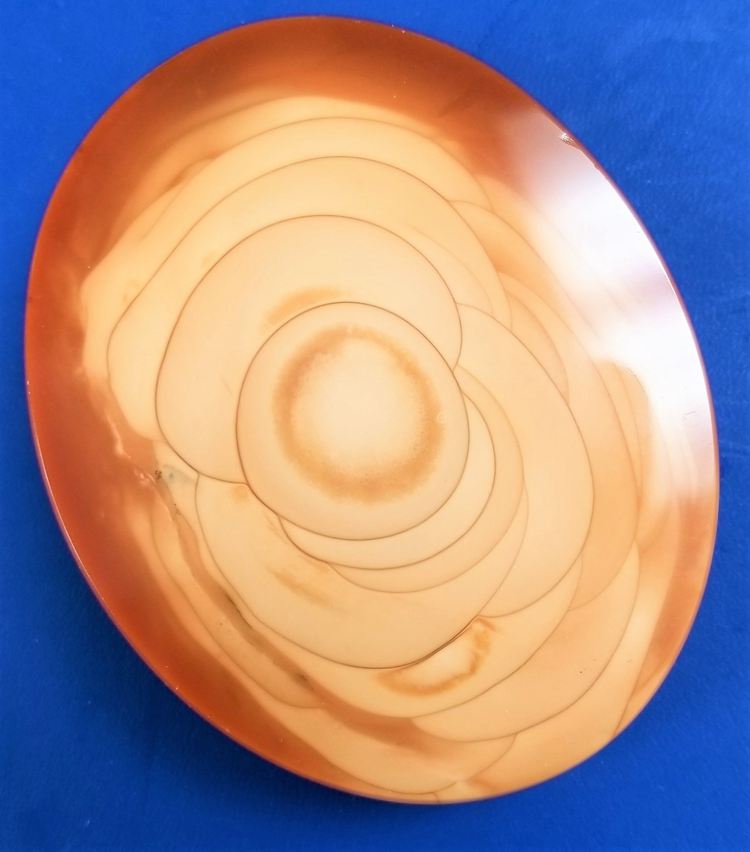
Jasper stones come in various colors like yellow and, more commonly, red. The Bruneau jasper is brown and one of the rare kinds of jasper stones.
It is one of the unique stones because of its distinct patterns layered by a reddish brown and cream color. In rare cases, some Bruneau jasper is layered with green patterns and often labeled a gemstone.
The origin of this stone is beneath canyon walls at the Bruneau River in Idaho. Since 2009, this stone has been challenging to locate, which makes it a rare and valuable beach stone. On the average, these stones are worth between $1.5 – $5 per carat.
13. Peridot Crystal
Price: $200
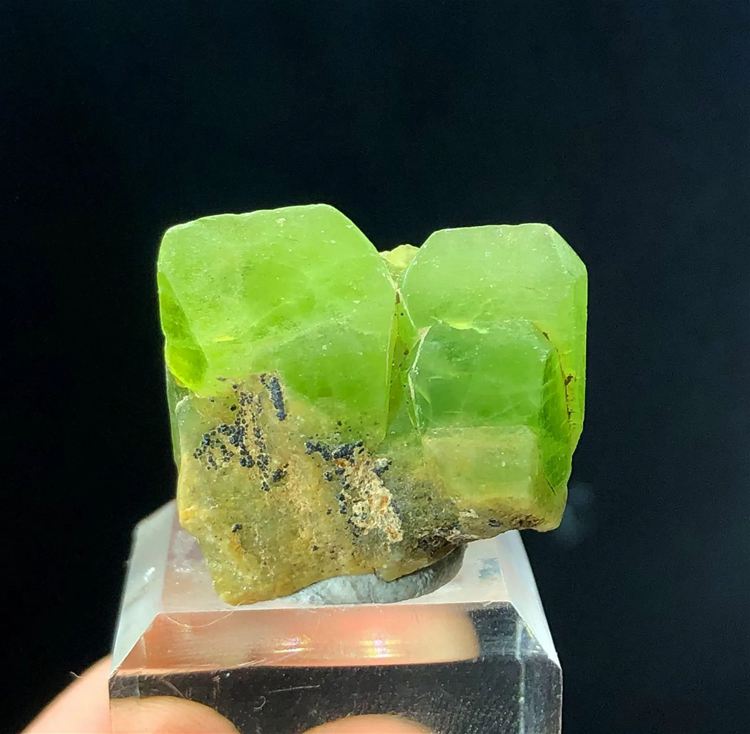
Sometimes referred to as chrysolite, the peridot stone comes from the olivine crystals formed during an ancient volcanic eruption. It has a natural yellowish-green appearance, making it easy to spot on any beach.
The significant difference between olivine and peridot is in their size. Olivines are usually smaller, almost compared to a grain of sand. In contrast, peridots can work for jewelry making or decorations.
The Peridot crystal is found in beaches in Tanzania, Vietnam and the United States with green sand deposits in Mahana Beach on Hawaii’s Papakolea coast. The crystals costs around $50 – $80 per carat.
12. Dolomite
Price: $225
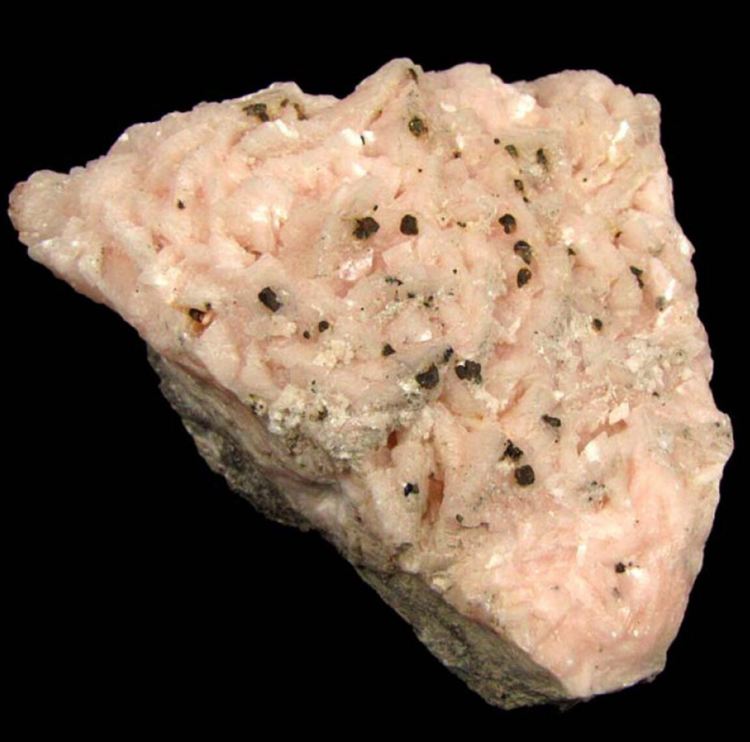
This is a rock-forming mineral commonly part of a sedimentary composition; an alternative name for this is dolostone. It typically forms as a cluster of white or gray crystals. A rough dolomite cost about $0.02-$0.30 per carat
An example of environments where you’d find this beach stone is along sabkhas in the Persian Gulf and parts of the coast of Brazil.
11. Natural Quartz Crystal
Price: $250
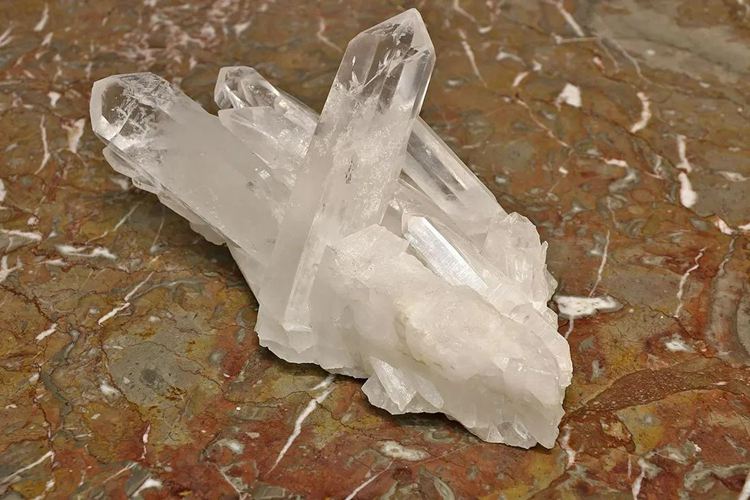
Quartz is the most abundant mineral composition you can find. Mountains, rocks and even beaches are popular places where you can find these minerals.
This mineral can also mix with different compositions like lava and molten rock to form other precious beach stones. It varies in color, but you will often find translucent or milky crystals around the beach. Clear Crystals costs around $10-$15 per pound.
10. Petrified Wood
Price: $300
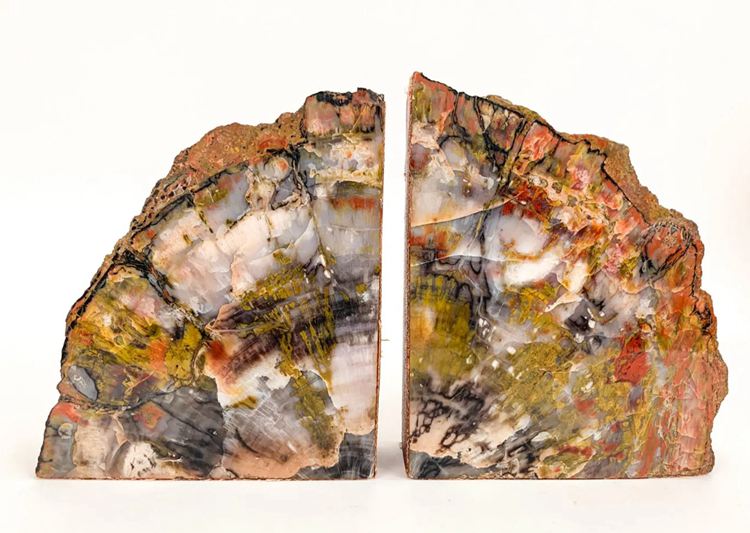
This type of stone is a fossilized wood, which initially started as a regular tree but has been replaced by rocks instead, giving it the name petrified tree due to a mineralization process.
Many of these stones retain their brown wood appearance with a mixture of colorful crystals like purple, yellow and red and because of this, they can sell for $5 – $60 per carat.
9. Fossils
Price: $300
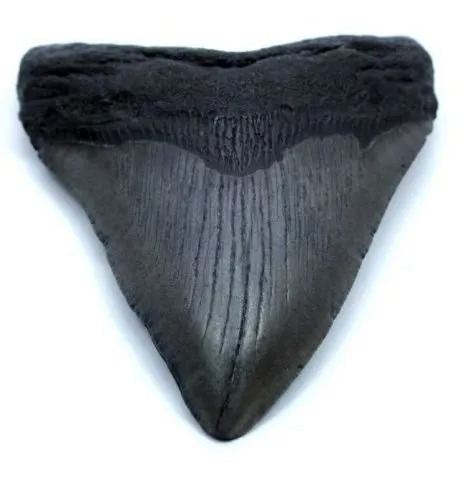
Not all pebbles you find on the beach are actual stones. Several washed-up fossils from the beach, either from an animal or a sea plant, can resemble a stone. These fossils are as valuable as the beach stones.
Above is an example of one of these fossils, a shark tooth carried by the ocean to the beach. These stones are rare to come about which is why they are considered beach gems.
More commonly, many seashells at the beach were part of an animal before the beach washed them up.
8. Aragonite Cluster
Price: $445
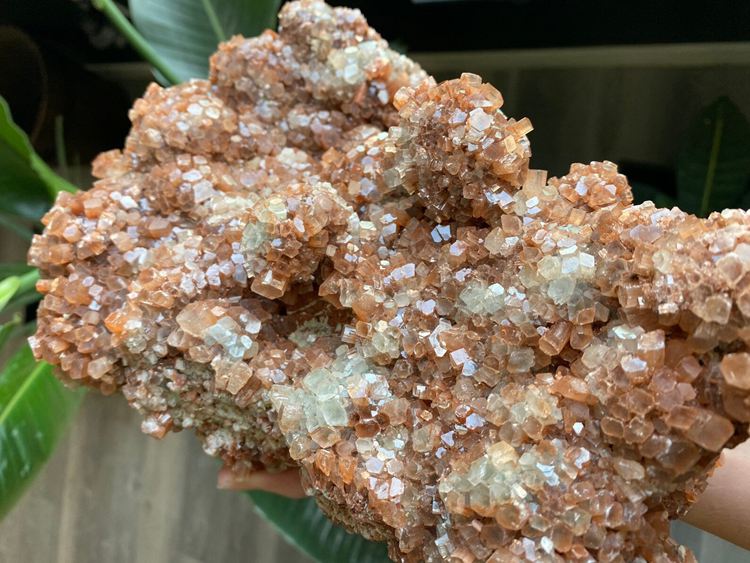
Aragonite is one of our three most popular kinds of beach crystals. Its formation involves an unexpected biological and physical process, usually in freshwater environments like the beach.
It comes in different shapes and colors like red, gray, and even orange, but it is more likely to find one that is brown. People rumor the stone has metaphysical healing powers by spiritualists.
7. Chalcedony
Price: $600
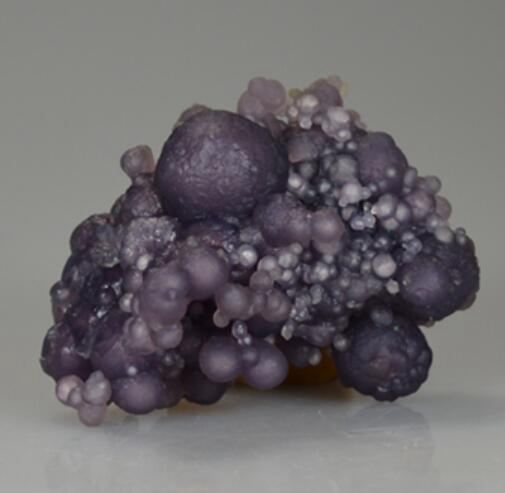
Another variety of the quartz group, this stone has a dull and waxy appearance and can assume a variety of colors but most commonly white, gray or brown.
Beach waves are responsible for the movement of this stone from one place to another, although it is rare to come across one. This stone sells for $10 – $100 per carat.
6. Copper Septarian Chlorastrolite
Price: $700
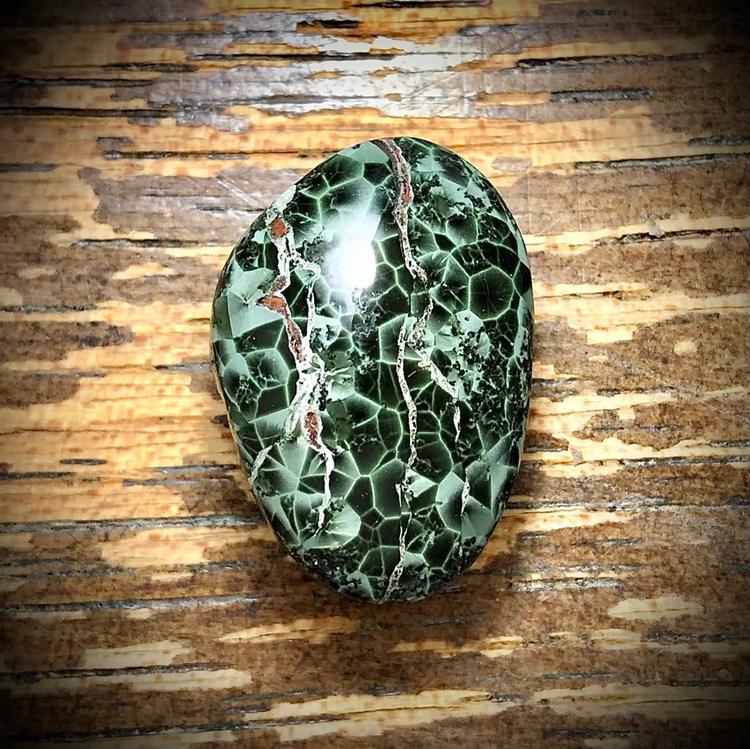
Commonly referred to as Green Stone or Isle Royale GreenStone. These septarian pebbles develop as a secondary structure on a basalt filling. Basalt by the sea eventually gets washed up, leaving these pebbles as beach stones.
It can be found in the upper peninsula of Michigan and Isle Royale in Lake Superior. Identifying a Chlorastrolite is difficult, especially when unpolished because of its size. The largest recorded stone is at the Smithsonian Museum, measuring 1.5 by 3 inches.
This stone was named the official state gem of Michigan and was first discovered on Isle royale by C.T Jackson and J.D Whitney in 1847. Collecting these stones is prohibited in Lake Superior, but you may come across other smaller rocks elsewhere.
5. Natural Amber Raw Stone
Price: $1,100
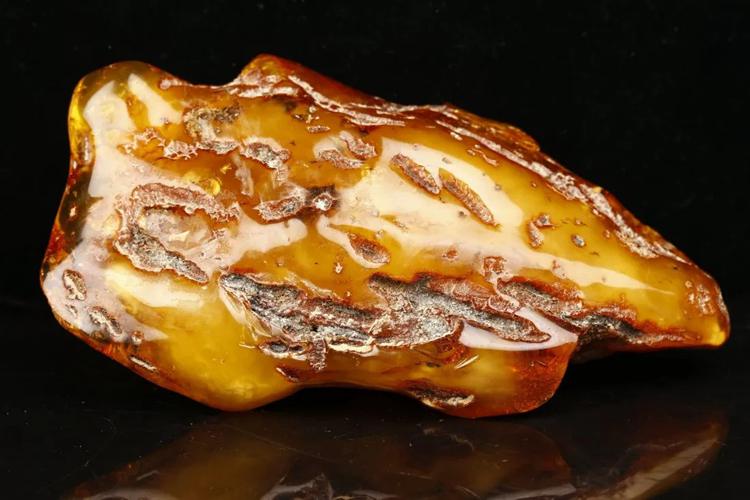
The amber stone is one of the most interesting beach stones due to its attractive color and different uses. Pieces of amber are usually washed up from the rocks by sea waves which are how it becomes part of the beach pebbles.
Amber is found in the Dominican Republic by Europe’s Baltic region. It is due to the fossils it holds, the bright color and the metaphysical powers it is believed to hold that it is so valuable today. They sell for $1 – $30 per carat.
4. Amethyst Stalactite
Price: $1,500
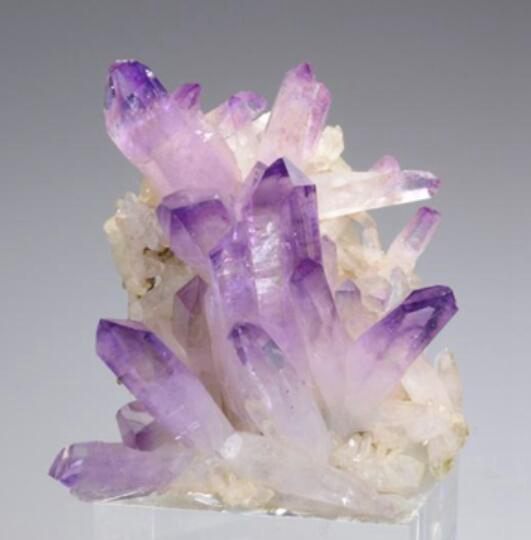
Amethyst forms in different parts of the world. It is one of the different variants of quartz with a radiating violet glow—the best quality amethyst form in countries like Uruguay, Brazil, and the far east.
It is a mined stone, but in rare cases, the ocean washes stow away crystals on the beach. They are valued at $20 to $30 per carat.
3. Calcite Stones
Price: $2,850
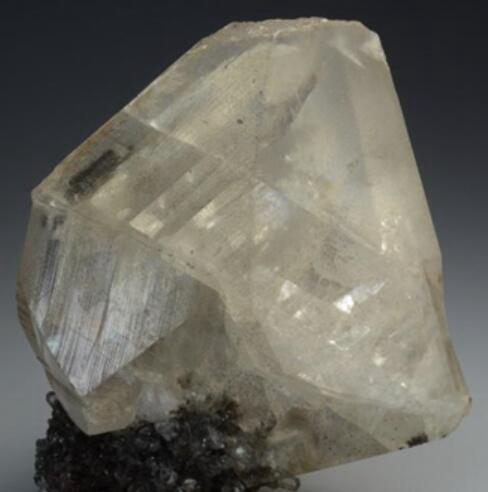
Calcite stones come in different colors like brown, blue, green, red and even clear glass. Finding one of these crystals on the beach is easier than other rarer kinds. It is one of the most valuable yet affordable kinds of beach stones. The purple calcite is the rarest and the clear stone sells for $6 per pound.
2. Condor Agate
Price: $6,000
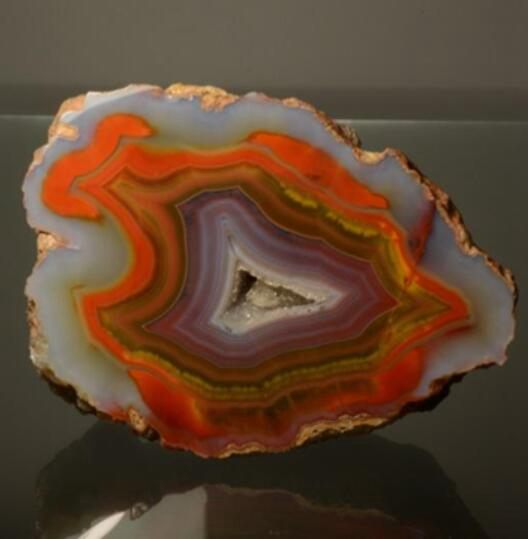
Gone are the days with the possibility of finding a condor agate easily, making it a scarce kind of stone. These kinds form through the metamorphic process and the colors it creates in its outcome make it a sight to behold.
This stone originated in Mendoza Province in Argentina, discovered by a man named Luis de Los Santos in 1993, who was also responsible for naming the stone.
These stones can be found in the beaches around Oregon, Washington, Idaho, and Montana. The value depends on the rarity of the agate, a pound of raw agate will cost $2- $10 but a high value agate of the same size will cost around $50.
1. Geodes
Price: $9,500
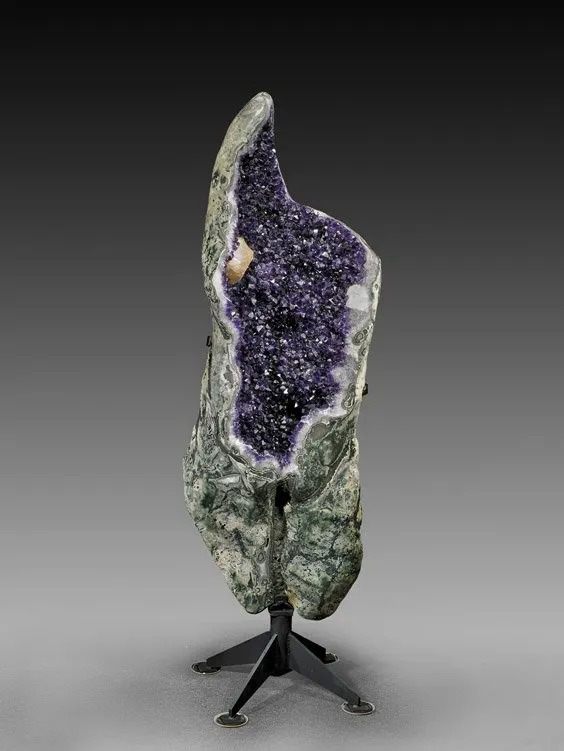
Geodes are hollow stones that house a kind of crystal inside them. It is hard to confirm if a stone is a geode without breaking it, although you can always guess from its shape and tapping it on a hard surface to see if it makes a hollow sound.
This stone forms in the volcanic and sedimentary mix as it houses the minerals that form inside the stone. Most geodes contain crystals, especially amethyst, but you may find other forms of minerals in rare occurrences.
Geodes vary by their size and can be found in beaches in the United States, Mexico and Brazil. Finally, factors like size, color and geographical origin can influence the price of these geodes but you will find a geode for about $0.35 – $2 per carat.
How to Identify Beach Stones
How do you identify a beach stone? How do you differentiate a beach stone from the other kinds? Below are some tips to aid you in the identification of beach stones.
Identifying the Types
To pick up a beach stone and tell if it is one or not, you should have background knowledge of the different types of beach stones there are. Generally, there are three major types of beach stones, and anyone you find will be from one of these three groups.
It is almost impossible to tell where a beach rock may have originated. This is because they may have traveled miles because of the beach waves or may be part of an enormous rock that fell, which is why it is necessary to know the types so you can guess the origin.
This means that in identifying beach stones, the sure way you can achieve this is to determine the geological factors of the stones. What are these three types of beach rocks and how do you identify them?
The Sedimentary Rock
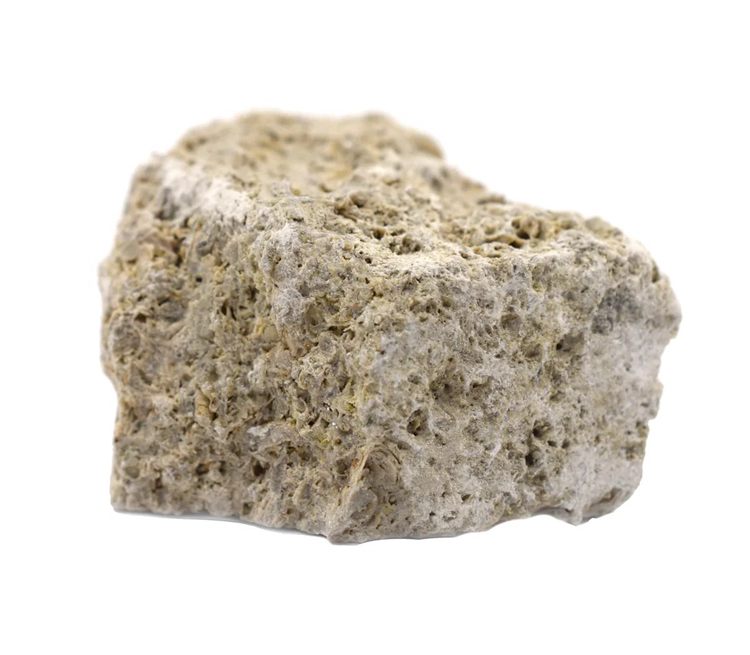
This beach stone accounts for seventy-five percent of the earth’s surface. The sedimentary rocks form due to decomposition, which means the breakdown of particles from a larger earth rock to form these sediments.
These parts are often transported by wind or waves and are gathered in the ocean or by the shores and eventually, these parts squash together which is how they form the sedimentary rocks.
Sometimes, these parts also merge with the beach’s organic plant or animal fossils to form a sedimentary beach stone. Common kinds of sedimentary rocks include limestone, sandstone and shale.
The Igneous Rock
Deep inside the earth’s crust, high temperatures are bound to melt larger rocks forming magma. During events like a volcanic eruption, the molten rock flows to the earth’s surface and eventually cools down.
When magma cools, it returns to a solid form and becomes a kind of rock we now identify as igneous rock. Common types of igneous rock are granite, basalt and dacite.
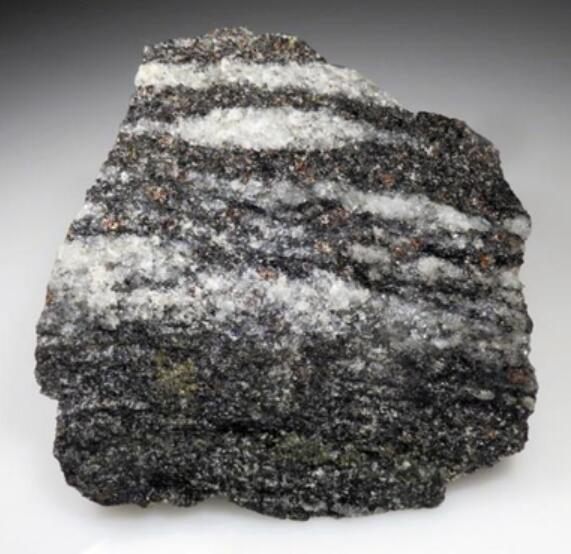
The Metamorphic Rock
This rock is formed similarly to how sedimentary rock forms. It also requires a change in temperature and pressure that changes the materials and appearance of preexisting rock.
While these rocks form under similar circumstances, the significant difference between metamorphic rock and sedimentary rock is the process involved in forming these rocks. Typical examples are marble, gneiss and schist.
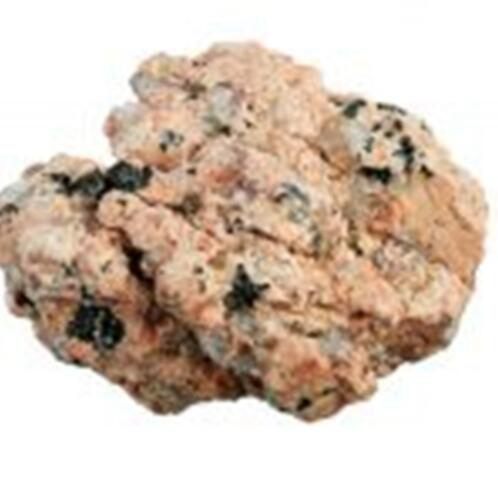
The Identification Test
To confirm the quality and authenticity of the beach stones you possess, there are several identification tests that you can take to help you identify the beach stones. You should perform all of these tests below to verify your beach stone.
To get an accurate result on your test, you should have the required tools for the different tests in the table below.
S/N |
Tests |
Tools |
1. |
The water test |
Water |
2. |
The surface test |
A heavy hammer |
3. |
The crystal shape test |
Magnifier |
4. |
The mineral streak test |
A plain porcelain |
5. |
The Mohs scale test |
A coin, a steel nail, a glass piece and a guide |
Follow the steps below to help you identify and test your beach stone’s hardness to determine its durability and value.
The Water Test
It is possible to tell the mineral composition of a beach stone from the color of the stone. Wetting a stone helps you get a clearer visual of the beach stone so you can see better what the stone may contain.
This does not require any particular skill but patience and attention and with this test, you can guess what kind of beach stone you may have.
The Surface Test
A successful water test will help you verify if you have a beach stone which leads you to the next step, examining the surface. The clear surface of a beach stone enables you to identify what kind of beach stone you may have.
Usually, the surface may either be metallic, waxy or glassy. Sometimes, you may even come across a stone with magnetic components; using a magnet can help with this.
In cases where it is hard to determine the appearance of beach stone from its surface, you can break part of the stone to expose its inner composition and how it reflects. The reflection can reveal the original texture of the stone, helping you with its verification.
The Crystal Shape Test
Many beach stones have crystals inside them, which is part of what makes them valuable. These crystals take different forms and shapes like prisms, pyramids and even fine needles; identification is possible from this.
You cannot achieve this test by using the naked eye, which is why it is necessary to have a magnifier when conducting this test.
The Mineral Streak Test
All this requires is a plain porcelain slate to conduct your test. Take your beach stone and draw a line on the slate; apply pressure on it so that it leaves a colored line on the porcelain.
The color of the line that the beach stone leaves is enough for you to get information on the stone and its mineral composition.
The Mohs Scale Test
This is also commonly referred to as the hardness test. You will need a coin, a nail and a broken glass piece for this test. First, try to scratch the beach stone with your fingernail and check for any effect.
If there is no effect, try using the coin. Coins have a 3.5 hardness on the Mohs scale and if this does leave any mark still, move on to the piece of glass with a 5.5 hardness on the Mohs scale.
The nail is your next option if you do not see any scratch with the glass. A steel nail has a hardness of 7.5, which means if this does not leave any scratch, your beach stone hardness is from 8 upwards and all you need to do is find a mineral with that hardness.
Identification Through Guides
Identification of beach stones is dependent on your knowledge and experience with the beach stones rather than what skill you may have. To identify beach stones, you should know how these rocks form and their mineral components.
Books and guides are good resources you can use to boost your understanding of these beach stones. Materials you can check out include:
- The Ultimate Guide to Sea Glass by Mary Beth Beuke
- Collecting Rocks, Gems and Minerals by Patti Polk
- Rocks & Minerals of the Pacific Coast by Dan R. Lynch
For more information, you can decide to join a beach stone community online or watch online videos to help you with identification.
What Determines the Value of the Beach Stones?
The properties, rarity, beauty and other meaningful characteristics a stone may hold determine its value. It is best to contact a rock expert to help you determine the correct value of a beach stone.
Rarity
You will find that many beach pebbles are common and look alike, making them easily accessible and may not be worth as much. Beach stones of unique origin, color, shape and even size are bound to be worth much more than a regular beach stone.
These stones do not all form the same way, so there are little differences in some stones that make them more special than others.
Stone Aesthetics
Not all beach stones are pleasing to look at and many others appear like regular stones. Some beach stones defy this order and are very appealing to the eyes. These kinds of stones excel in jewelry making.
This aesthetics increases the stone’s value and makes it worth more than other beach stones.
Market Factor
This is also a major determinant in valuing beach stones. Suppose a particular kind of stone is being demanded, especially for jewelry making in the fashion industry. In that case, chances are these stones will become scarce, making them more expensive than they were.
Beliefs and Meanings
Many believe that specific beach stones hold intriguing powers, like the ability to heal people and even predict occurrences. It is used by divine healers, fortune tellers and even some religious fanatics.
They believe that through the possession of specific beach stones, they can fulfill whatever it is that they desire.
Components
This is perhaps the most crucial determinant of the beach stone. The mineral components and the hardness test result add to the quality of a stone, which determines its value.
Unique stones with special features and mineral components will mean it is a special kind of stone. These are the kinds of stones commonly displayed in museums.
Final Thoughts
Many beach stones are special because of their beauty and mineral components. Still, there are certain things you should never forget when it comes to identifying them.
- The major types of stones are the sedimentary, igneous and metamorphic rocks
- Testing for the hardness of rock can help to determine its actual value
- Knowledge and experience of rocks are necessary when identifying a genuine beach stone





![Where To Sell Antique Furniture In 2022 [Ultimate Guide]](https://www.jacquelinestallone.com/wp-content/uploads/2022/09/Etsy-Your-Place-To-Buy-And-Sell-All-Things-Handmade-600x450.jpg)


